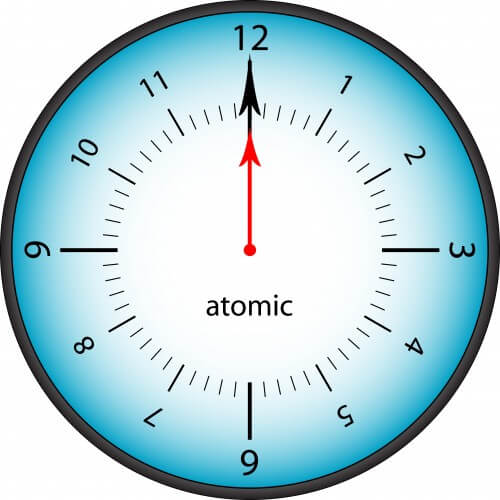Researchers from MIT are developing an atomic clock with small dimensions (about the size of a smartphone) in which a laser beam is used to measure the oscillations of atoms

The most accurate sealed clocks nowadays, which are used as a time base for the GPS system and the various communication systems, including the cellular networks, are based on measuring the fluctuations of electrons in cesium atoms. These clocks are relatively large and are called "fountain clocks" - because they throw small groups of cesium atoms in front of a detector, which measures the number of oscillations using microwaves, their rise and fall. These clocks are the size of a small room, and are not portable. There are also atomic clocks based on components that are integrated into various devices, but these have a drift that increases over time and must be reset frequently to achieve the required level of accuracy.
Researchers from MIT are developing an atomic clock with small dimensions (about the size of a smartphone) in which a laser beam is used to measure the oscillations of atoms. In the past, a laser beam was not used for this purpose, because it creates an electric field that affects the measurement. However, the team in question discovered that using a beam with a variable wavelength between certain limits greatly reduces the generation of the electric field, and thus it is possible to produce a stable clock with an accuracy of about 10 milliseconds, a level sufficient for most uses.

One response
The accuracy is not 10 milliseconds (10 milliseconds deviation for how long?).
According to the original article - 10 milliseconds is the measurement interval, as an alternative to the one second interval that requires a physical distance of one meter in which the cesium atoms will move using the fountain method.
A quick calculation shows that such an interval would be enough for a distance of about a centimeter, which would allow the system to be compact.